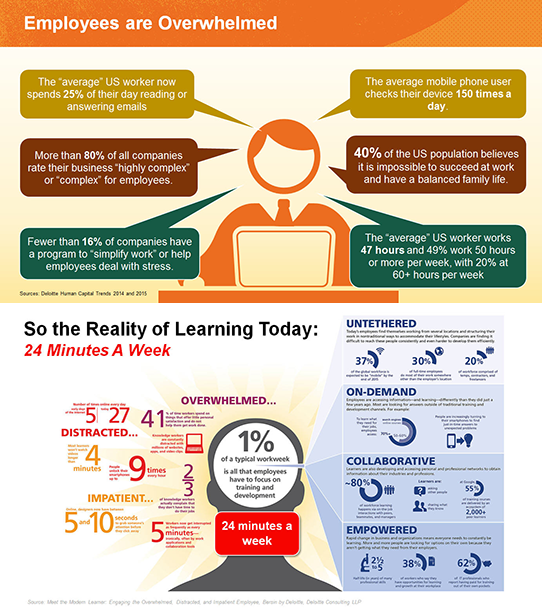As it often does with technology, Hollywood sagaciously called it in the Matrix–phones can have the capacity to transport us between realms of existence. They are the vital nodes by which we attach ourselves to the lifeline of the internet. You know this.

Phones, tablets, laptops – the other Trinity
(Source)But it doesn’t matter what our intellectual or emotional stance is on the devices themselves, we can’t ignore their influence on society. You know this too.
And by the looks of it, by now you and I aren’t the only ones who know it either. In 2013 Gartner already indicated this trend for 2020:
Nearly half of the world’s companies will choose a full BYOD policy by 2020, while 40% of them will still leave the possibility to choose between BYOD and a corporate device. It is estimated that about 15% of companies, due to the nature of their activities and business, will never move towards this business philosophy.
So the reality is that, in fact, by now we’ve evolved enough in the business use of mobility that there are even clichés and typical traps to beware of. There are even too-wildly creative solutions to withdraw from and ponder:

C’mon, how can you be blasé about this! (Source)
But just as with any technology enhancement there is, practically speaking, a learning curve associated with mobility. Remember when rich text formatting came to Gmail? Instead of tasteful and message-driven formatting, some people opted to have every line vomit a virulent color at the recipient! It took a while to settle down, even though there were people doing fantastic stuff with print formatting in the same time frame.
In mobility, we see the same pattern. And in fact, we see a fuller pattern emerging quickly: as much as there are fancy statistics waved at us by the mLearning evangelists, there are counter studies (mostly conducted in educational institutions) that find that the presence of devices detracts from the learning.
Clearly what’s needed then is to step back and un-dazzle ourselves. The age of gimmicky consumption has to die. There has to be a more sensible approach to use of technology such as mobility, driven by business needs and instructional design.
Mobility is just a tool. The presence of hardware isn’t going to save our eLearnings or suddenly make our courses scintillating. We need to stop thinking of designing contemporary training as being driven by the newest, hottest feature/ technology. How many companies actually use their internal wikis? Or their Yammer platforms? Or how many employees actually agree (ahem) that an assessment with illustrations feels like a game?
Is this a problem with the tool itself? Has mobility ever been successfully used for training and intervention? Well, yes it has, so clearly it isn’t a case of a doomed tool. But is there anything else to think of that makes its use complicated?
 (Source)
(Source)
So what makes a training intervention delivered on a mobile device ‘a great resource that’s there when you need it’, versus ‘a pain in the neck information dump that you don’t have the time or inclination for’? The differentiator is going to be in strong design, especially instructional design.
Keeping this in mind, there are some factors that are absolutely critical to consider:
- Time
- Place
- Context
Mobility affords us the ability to reach opposite ends of a spectrum in each of these considerations. We can telescope or shrink experiences. We can make mobility a way of freeing the learner from a physical space, or make use of the actual location through location-linked reminders. We can create immensely detailed artificial contexts in which to immerse the learner (for example, using virtual reality); or we can leave it to learners to create their own context and relevance for a piece of information – a truly constructivist experience!
It is this versatility that is mobility’s biggest risk and opportunity as a technology in training interventions. So if used carefully, we could leverage mobility for the following business contexts:
- Spaced learning/ phased learning
- Knowledge sharing
- Expertise capture
- Better on-boarding
- Field force training
- 70-20-10 development
- Building a learning culture
- Change management
- ‘War for Talent’ strategy
- Live performance support
- Customer education
- Organizational agility
- In-house training production
- On-demand training
- Remote and offline learner management
- ‘Live’ coaching
In the coming weeks, we’ll examine a few solutions for some of these business needs.
In the meantime, to know more about the instructional design opportunities afforded by time, place, and context and to see a demonstration across 9 rich case studies, download our new eBook – Mobile Learning: Let’s Not Phone It In!
Note:- This article was published in the eLearning Industry site.



















